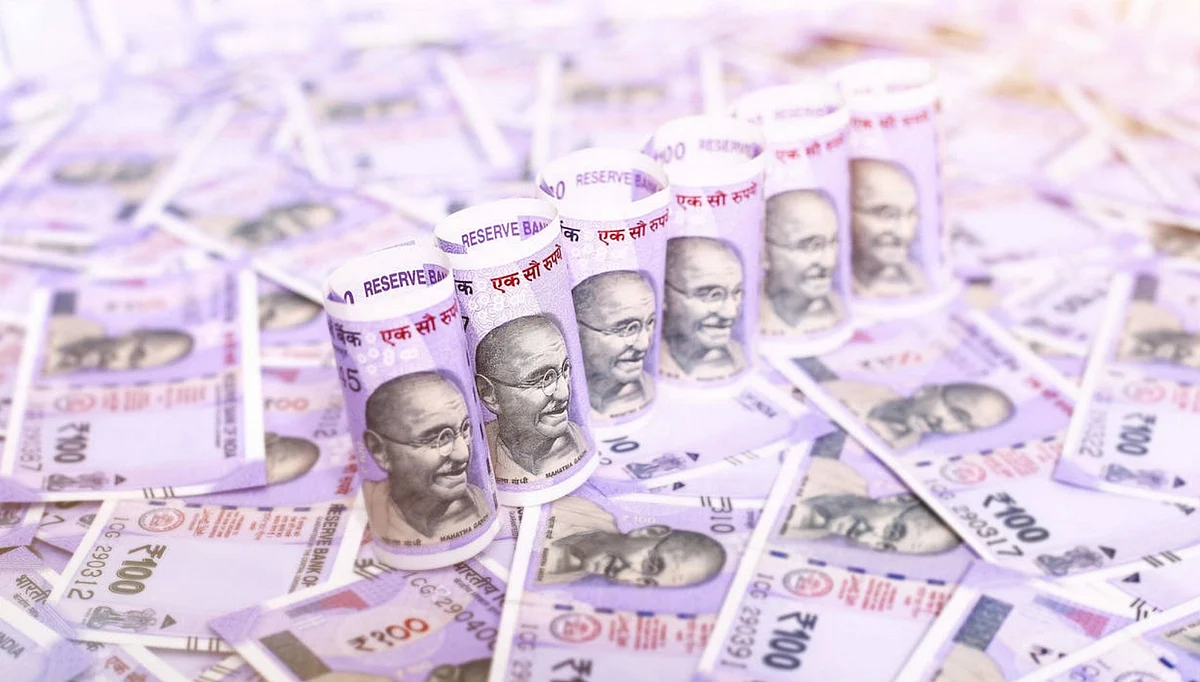
India Pushes Rupee Trade To Challenge Dollar Dominance Through Brics
India has taken a decisive step in reshaping the global currency order by enabling Brics nations to settle all their trade in Indian rupees, a move analysts believe could gradually erode the supremacy of the US dollar in international markets.
The Reserve Bank of India (RBI) this week issued a circular instructing banks to allow exporters and importers from Brics and other partner countries to conduct transactions entirely in rupees through special vostro accounts, without requiring prior approval. This is the first time India has opened the door for rupee-denominated trade at such scale. A vostro account is a domestic account maintained by an Indian bank on behalf of a foreign bank, holding funds in rupees. It allows foreign companies to directly purchase Indian goods in rupees and use balances to import Indian products or reinvest in Indian assets.
Recommended For YouExperts say this system allows countries like Russia to bypass the dollar for oil and commodities, cutting conversion costs and navigating Western sanctions that limit access to SWIFT. The change comes just days after former US President Donald Trump imposed a 50 per cent tariff on Indian exports, intensifying calls within New Delhi to reduce reliance on the dollar. Prime Minister Narendra Modi's administration views the push as both a shield against tariff shocks and a broader strategy to strengthen the rupee in global trade at a time of shifting geopolitical alignments.
India had already tested this mechanism with Russia, where oil purchases were paid for in rupees parked in Indian banks. Under the new rules, surplus rupees can be invested in Indian government securities, bonds, equities, and infrastructure projects. RBI officials have also hinted that rupee balances could be used for third-country trade, further expanding the system's scope.
The implications are significant. According to RBI data, India's exports reached about $451 billion in 2023–24 while imports were $677 billion, with roughly 85 per cent of these transactions still settled in dollars. Even if 10 to 15 per cent of trade shifts into rupees, it could amount to more than $100 billion in annual flows, giving the rupee a stronger global footprint.
The initiative aligns with the broader ambitions of the Brics bloc - Brazil, Russia, India, China and South Africa - which has long sought to reduce reliance on the dollar. At the 2023 Johannesburg summit, Brics leaders pledged to increase local currency use in trade, though efforts toward a common currency have been slow. India's expansion of rupee invoicing is being viewed as a practical and immediate alternative to a shared Brics unit.
“The world is seeing the emergence of a multi-polar trade system,” said Ajay Sahai, director general of the Federation of Indian Export Organisations.“By internationalising the rupee, India is positioning itself to benefit from shifting supply chains, while reducing transaction costs for exporters and importers who have long been exposed to dollar volatility.”
The International Monetary Fund notes that the dollar still accounts for nearly 58 per cent of global foreign exchange reserves, compared with 20 per cent for the euro and just 2.6 per cent for the yuan. But sanctions on Russia, currency volatility and tariff disputes have accelerated interest in alternatives. The World Trade Organization also reports that cross-border settlements in local currencies are rising steadily across Asia and Latin America.
The RBI has been preparing for this shift by strengthening infrastructure for rupee settlements. Allowing banks to open vostro accounts without prior approval speeds up onboarding of foreign partners and reduces red tape. The central bank emphasised that Know Your Customer and anti-money-laundering rules will still apply, ensuring compliance even as participation widens.
Challenges remain. Many foreign firms, including Russian energy exporters, continue to prefer dollar payments because of its liquidity and universal acceptance. Limited rupee convertibility and India's capital account restrictions also make it difficult for the rupee to rival the dollar or euro in the near term. Yet analysts argue that the new policy offers trading partners greater flexibility and sets a roadmap for deeper rupee internationalisation.
Other Brics members are pursuing similar paths. China is promoting the yuan through its Cross-Border Interbank Payment System, and Brazil has encouraged settlements in reais. Collectively, these efforts point to a gradual but tangible shift toward reducing dependence on the dollar.
According to analysts, the policy is both defensive and ambitious for India: a response to tariffs and sanctions exposure, and a bold effort to position the rupee as a credible settlement currency in South-South trade. If executed successfully, it could mark a turning point in India's economic diplomacy, strengthening its influence within Brics and signalling that the dollar's dominance, while still overwhelming, is no longer unchallenged.

Legal Disclaimer:
MENAFN provides the
information “as is” without warranty of any kind. We do not accept
any responsibility or liability for the accuracy, content, images,
videos, licenses, completeness, legality, or reliability of the information
contained in this article. If you have any complaints or copyright
issues related to this article, kindly contact the provider above.


















Comments
No comment